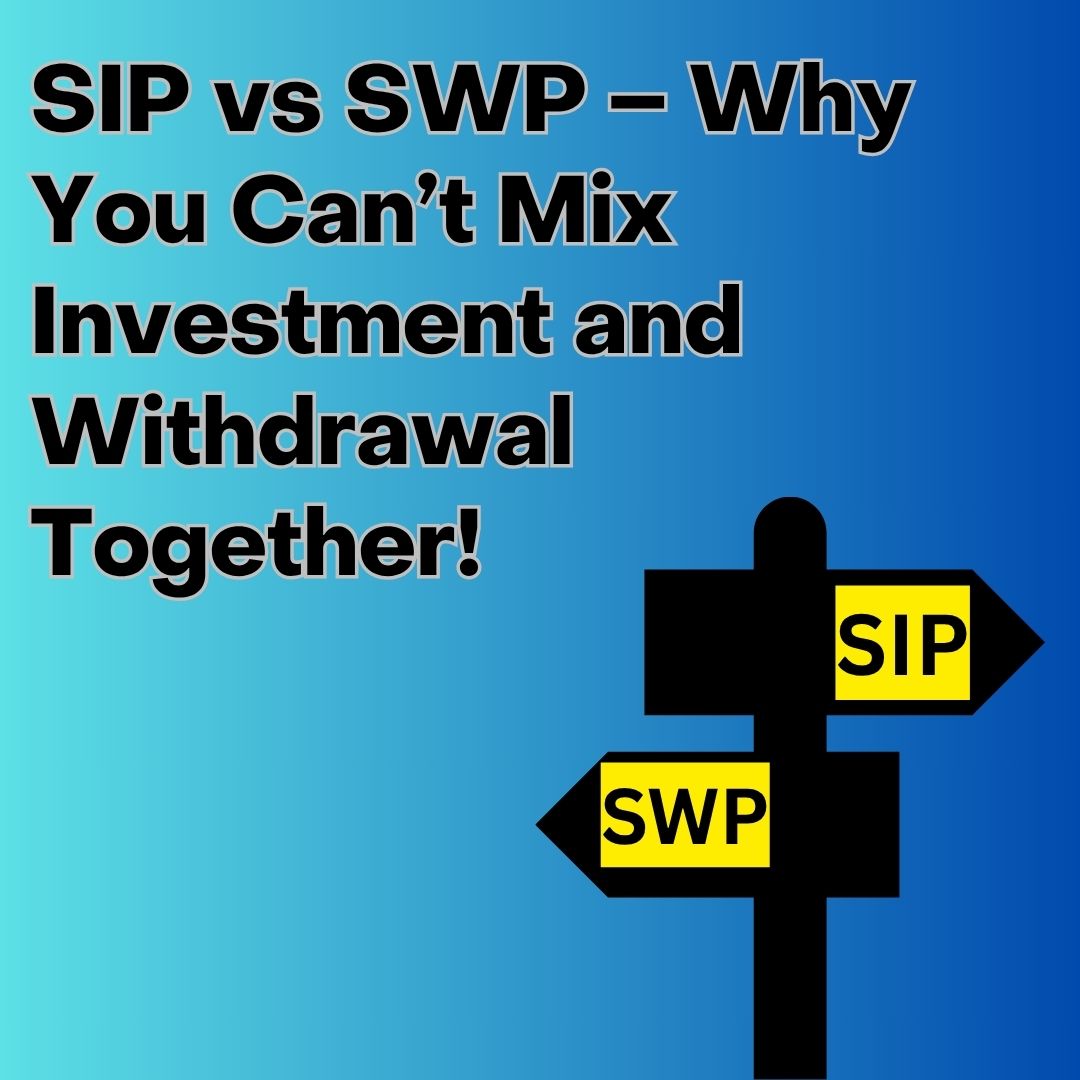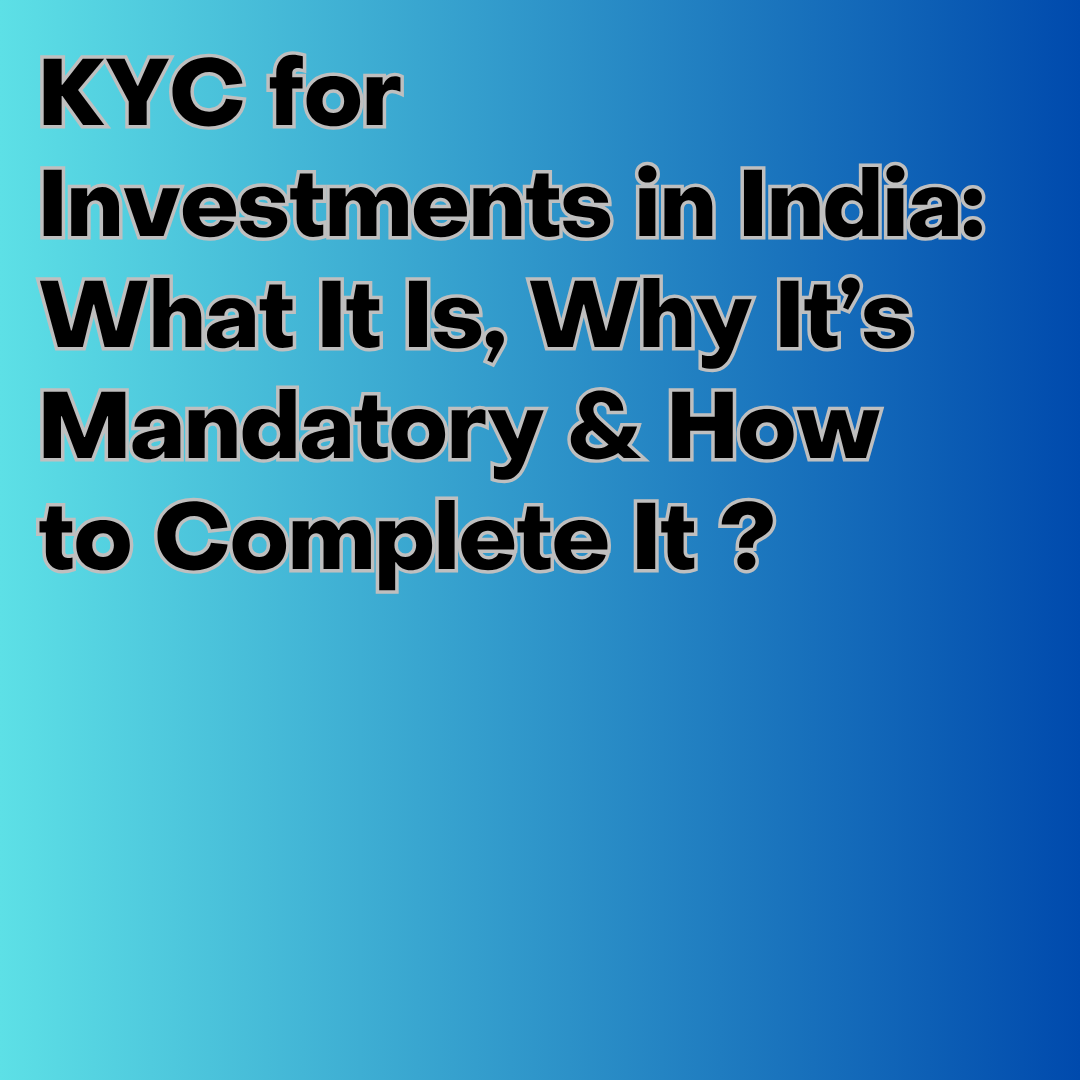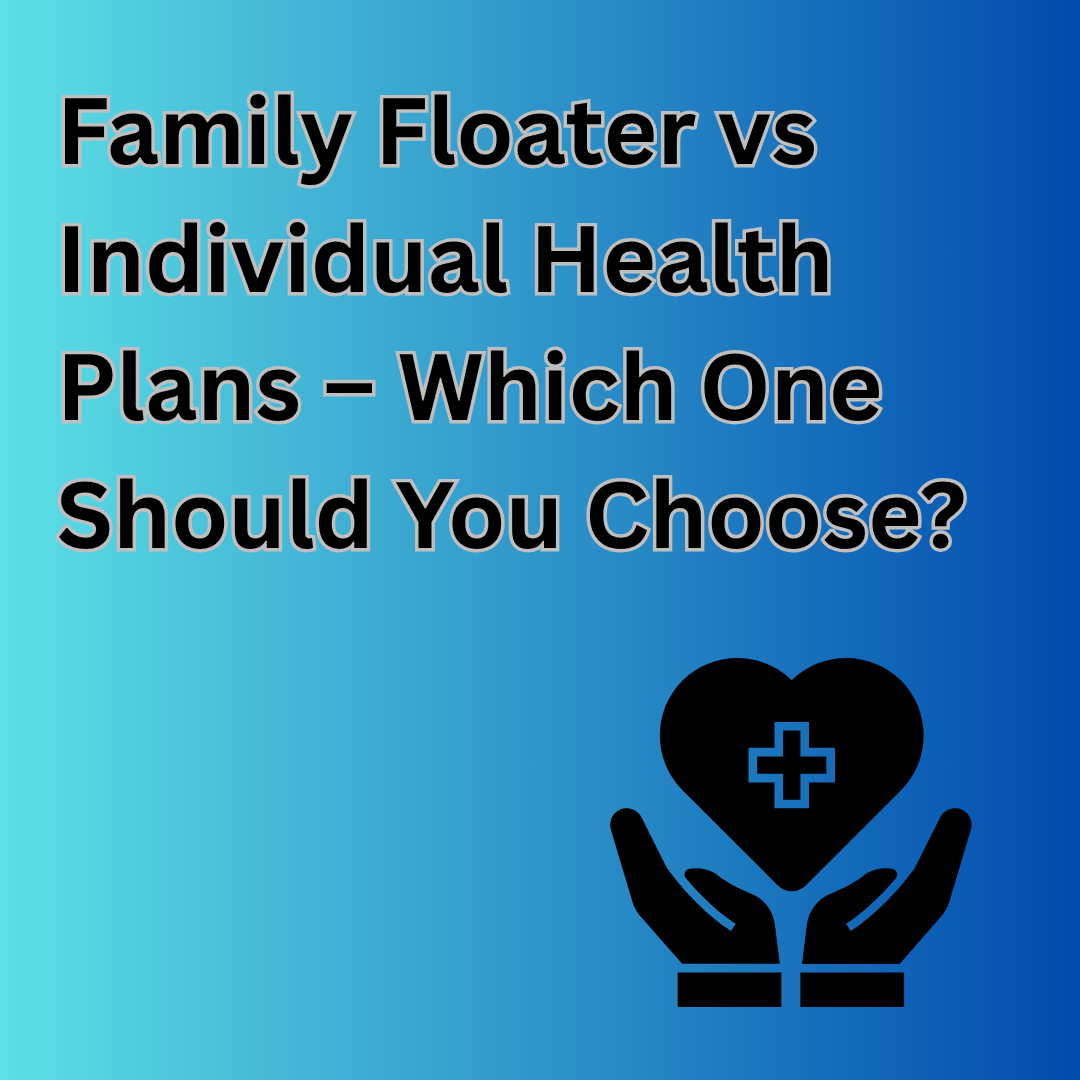- SENSEX 83442.5 9.61 (0.01%)
- NIFTY 50 25461.3 0.3 (0%)
- GOLD 97007 17 (0.02%)
- SILVER 108128 -301 (-0.28%)
- NASDAQ 20601.1 207.97 (1.01%)
- FTSE 8784.27 66.3 (0.75%)
- Nikkei 37724.11 192.58 (0.51%)
- Crude 5805 9 (0.16%)
- USD/INR 85.812 0.06 (0.07%)
- EURO 100.6299 -0.13 (-0.12%)
- POUND 116.9256 -0.09 (-0.07%)
- SENSEX 83442.5 9.61 (0.01%)
- NIFTY 50 25461.3 0.3 (0%)
- GOLD 97007 17 (0.02%)
- SILVER 108128 -301 (-0.28%)
- NASDAQ 20601.1 207.97 (1.01%)
- FTSE 8784.27 66.3 (0.75%)
- Nikkei 37724.11 192.58 (0.51%)
- Crude 5805 9 (0.16%)
- USD/INR 85.812 0.06 (0.07%)
- EURO 100.6299 -0.13 (-0.12%)
- POUND 116.9256 -0.09 (-0.07%)

What is a Life Insurance Death Benefit?
A life insurance death benefit is the guaranteed sum paid by an insurance provider to the nominee or beneficiary upon the policyholder’s death during the policy term. This payout offers essential financial support, helping families navigate tough times by covering:
- Funeral and medical expenses
- Outstanding debts like home loans or personal loans
- Daily living costs and lifestyle maintenance
Why Life Insurance Death Benefit is Crucial
✅ Financial Security
Provides immediate financial assistance to the family, helping them manage expenses with stability, especially when emotional loss already weighs heavily.
✅ Debt Clearance
The lump sum can be used to repay loans, credit card bills, or mortgages without burdening surviving family members.
✅ Future Goals Support
Helps fund children’s education, marriage, or retirement needs, maintaining the standard of living and securing long-term plans.
Types of Death Benefit Payout Options
1️⃣ Lump-Sum Payment
The full amount is paid at once—ideal for immediate needs and large financial obligations.
2️⃣ Installment Option
The benefit is divided and paid monthly or yearly over a set term, mimicking a regular income flow for better budget management.
3️⃣ Lump-Sum + Installment
A portion is paid upfront and the rest as periodic payments—balancing immediate expenses and future needs.
Who Can Claim the Death Benefit?
The benefit is payable to the beneficiary/nominee named in the policy. This could be:
- Spouse, children, or parents
- Legal heirs (if no nominee is mentioned or they are deceased)
- Trusts or charitable organizations (if nominated)
- The nominee must submit valid ID proof and policy documents to initiate the claim.
How to Claim Life Insurance Death Benefit
A smooth claim process is vital during sensitive times. Here's how:
Inform the Insurance Company – Notify them via phone/email/post.
Submit Required Documents – Including:
- Death Certificate (issued by municipal authorities)
- Policy document
- Nominee’s ID and relationship proof
- Claim Review – The insurer verifies submitted documents.
- Payout – On successful verification, the payout is made within 15–30 days.
When Can You Claim Death Benefits?
🔹 Natural Death
Standard claims due to illness, age, or health issues are processed swiftly with valid documentation.
🔹 Accidental Death
Many plans offer higher payouts if an accidental death rider is active. Requires a FIR, post-mortem, and accident report.
🔹 Suicide Clause
If the insured dies by suicide within 12 months of policy issuance, the death benefit may be limited or denied (as per terms).
How to Choose the Right Life Insurance for Suitable Death Benefit
✔️ Assess Family Needs
Estimate loan liabilities, monthly expenses, children’s education, etc., to determine the ideal coverage amount.
✔️ Evaluate Riders
Add riders like Accidental Death, Critical Illness, or Waiver of Premium for enhanced protection.
✔️ Check Claim Settlement Ratio
Choose an insurer with a high claim settlement ratio (like 99.70%) for reliability.
✔️ Compare Premiums
Use online calculators to compare premium amounts for the same cover with different insurers.
Common Reasons for Claim Rejections
To avoid hassles, ensure:
✅ Full disclosure of medical history at policy purchase
✅ Regular premium payment to prevent policy lapse
✅ Awareness of exclusions like illegal activity, substance abuse, etc.
FAQs on Life Insurance Death Benefit
Q: What is a death benefit in life insurance?
A: The amount paid to beneficiaries when the insured dies during the policy term.
Q: Is death benefit tax-free?
A: Yes, under Section 10(10D) of the Income Tax Act, it is generally tax-exempt (with certain exceptions).
Q: Can anyone claim the death benefit?
A: Only the nominated beneficiary or legal heir (if nominee is not available).
Q: What’s the difference between maturity benefit and death benefit?
A: Maturity benefit is paid when the policyholder survives the term; death benefit is paid if they die during the term.
Final Thoughts
Life insurance is not just a product; it's a promise of protection. The death benefit ensures your loved ones won’t struggle financially in your absence. Choose a policy that fits your goals, stay honest during application, and always keep your policy active to secure your family's tomorrow.
At BlissMoney Fintech Pvt. Ltd., we help you navigate life insurance options with transparency and tailored guidance, ensuring that your family’s financial future is always protected—no matter what.























